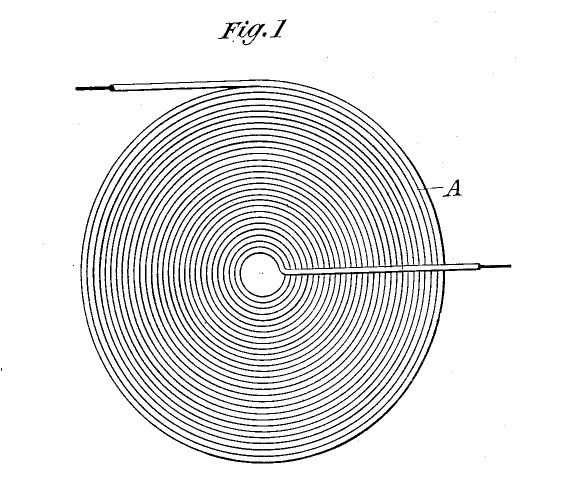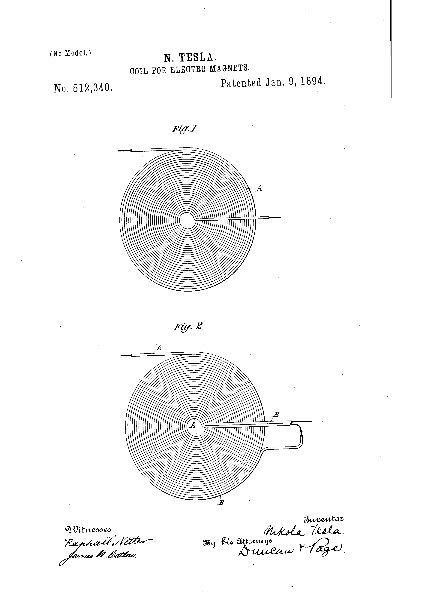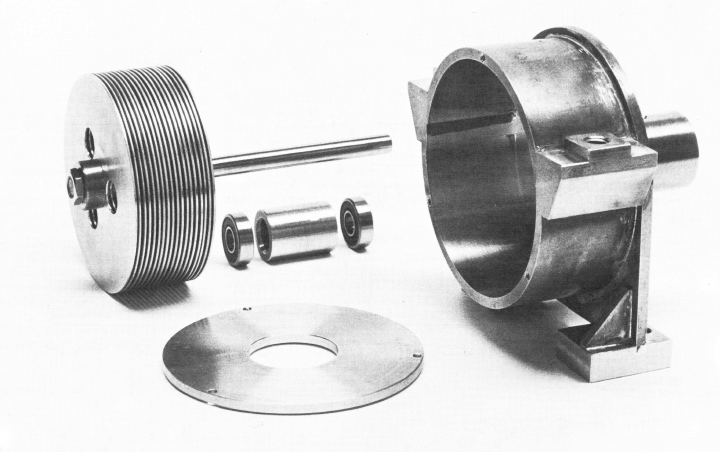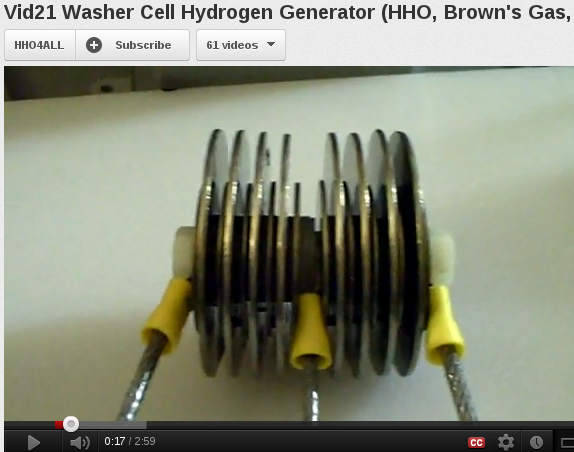Originally posted by Dave45
View Post

Wimshurst machine - Wikipedia, the free encyclopedia

Suppose that the conditions are as in the figure, with the segment A1 positive and the segment B1 negative. Now, as A1 moves to the left and B1 to the right, their potentials will rise on account of the work done in separating them against attraction. When A1 and neighboring sectors comes opposite the segment B2 of the B plate, which is now in contact with the brush Y, they will cause a displacement of electricity along the conductor between Y and Y1 bringing a negative charge, larger than the positive charge in A1 alone, on Y and sending a positive charge to the segment touching Y1. As A1 moves on, it passes near the brush Z and is partially discharged into the external circuit. It then passes on until, on touching the brush X, has a new charge, this time negative, driven into it by induction from B2 and neighboring sectors. As the machine turns, the process causes exponential increases in the voltages on all positions, until sparking occurs limiting the increase.
good reading you Dave

a similar process happens in the following :

---------------------------
on a side note : the Utron coils are also known as Tesla's Bicone Coils:


















Comment